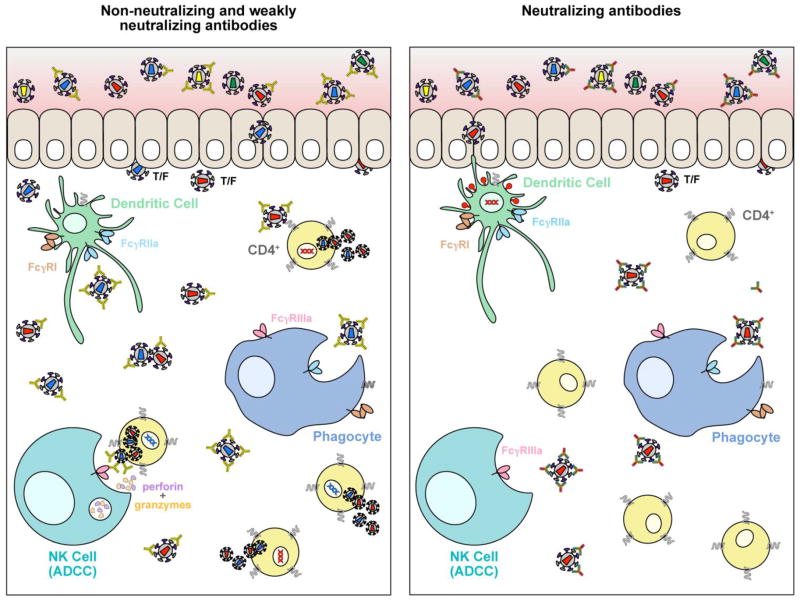Figure 5. Antiviral activities of antibodies against HIV.
The two panels depict scenarios of the protection outcome of HIV-1 exposure at mucosal sites when non-neutralizing or weakly neutralizing antibodies are present, compared to exposure in the presence of potently neutralizing antibodies. The former may be unable to block virus entry into cells, but can kill infected cells via Fc-mediated functions. These anti-viral activities are important for blunting viremia and slowing viral replication, but may not be sufficient to prevent eventual infection that overwhelms the antibody response. Conversely, neutralizing antibodies block entry into cells and also mediate Fc effector functions to kill and clear any infected cells, thus preventing establishment of infection.

